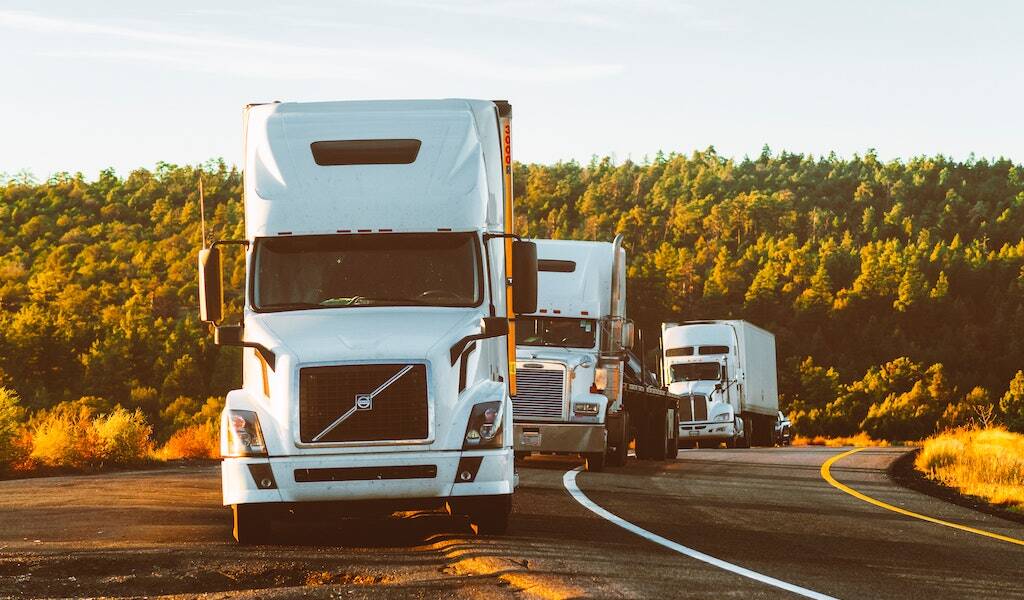As a fleet owner, you know that managing a fleet of dozens, if not hundreds, of trucks and commercial vehicles can be chaotic.
Effective fleet management calls for proper coordination of route planning, coping with rising fuel prices and economic conditions, hiring qualified drivers, and complying with regulations.
In today’s landscape, technology has emerged to streamline your fleet management process. We’ll cover the essential trucking technologies you need to make your life easier and improve the safety of your drivers.
1. CB Radios
It’s common for truckers to drive cross-country, often in remote areas with poor or no cell service. That’s where CB radios come in. They operate independently from cell services, so you never have to worry about signal strength.
If you’ve ever wondered, “Do truckers still use CB radios?” – the answer is a resounding yes.
While CB radios were popular decades ago, they’re still incredibly useful. Truckers use CB radios to exchange information about road conditions, potential hazards, and traffic.
Fleet managers can use CB radios to reach their drivers and coordination operators, ensuring that drivers receive real-time updates about schedules and routes.
2. Dashcams
With accidents on the road becoming a norm, drivers need to stay protected – and dash cams can help.
In fact, the National Transportation Safety Board released an entire report on the importance of onboard video systems. They’ve pointed out how dashcams can help monitor driver behavior and help with collision review and analysis.
Modern dashcams have the dual capability to monitor the interior and exterior. Fleet managers can monitor whether drivers follow proper driving habits like staying alert, avoiding reckless speeding or turns, and distracted driving.
The exterior cam can be beneficial for insurance claims during accidents to prove who’s at fault. Unfortunately, truckers are often assumed to be at fault in accidents. A dashcam will offer the driver peace of mind knowing the camera will capture all the detailed moments leading up to the accident.
3. Telematics
Telematics is a critical component of the most successful logistics and transportation companies. They use telematics to gather data using a combination of sensors, onboard diagnostics codes, and GPS technology. This gathered data can provide crucial intel for fleet managers.
Not to mention, they can manage these assets remotely using designated software. It works by installing a tracking device onto the truck’s onboard diagnostic port. Then the fleet software system, typically located at the dispatch center, can track critical information. This lets managers identify areas of improvement and improve their operational efficiency.
4. Electronic Logging Devices
Electronic logging devices are the hardware installed onto the vehicle’s engine electronic control module.
They track the driver’s driving time so that fleets comply with the Hours of Service regulation from the FMCSA. Some of the key information the device tracks includes data, time, engine hours, miles driven, duty status, and more.
In the past, many drivers would log them down through paper, which is inefficient and prone to human error.
Wrapping It Up
As retail and e-commerce industries grow rapidly, so will the logistics industry. Fleet management companies and truckers must meet the demand and streamline their processes through effective technology.
With the equipment mentioned, you’ll be able to produce a better customer experience and enhance safety protocols.

















